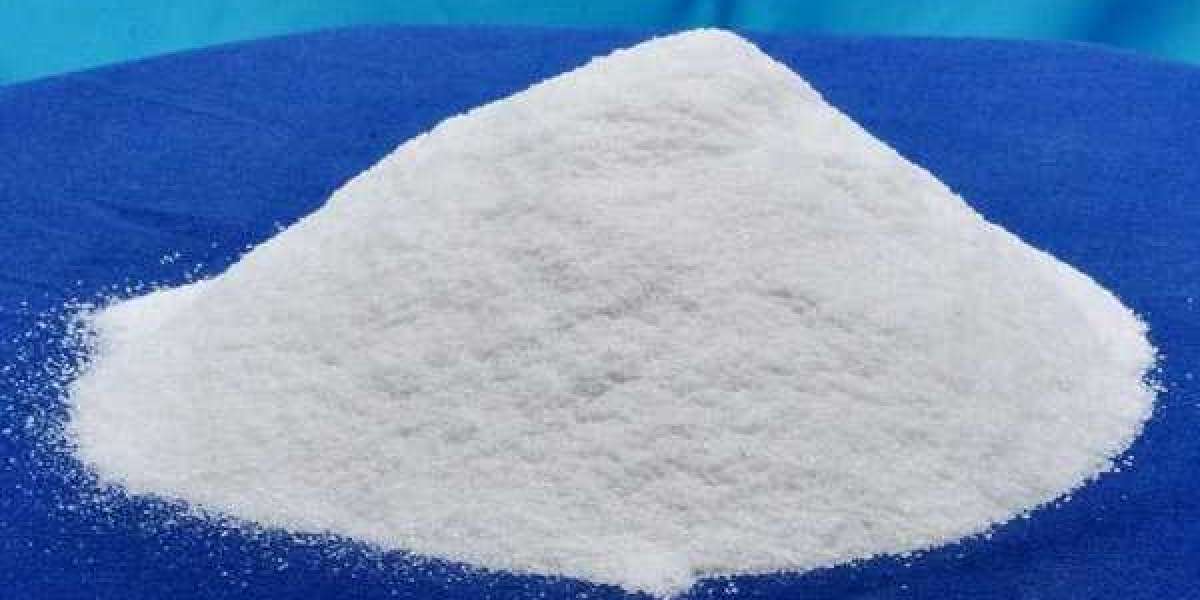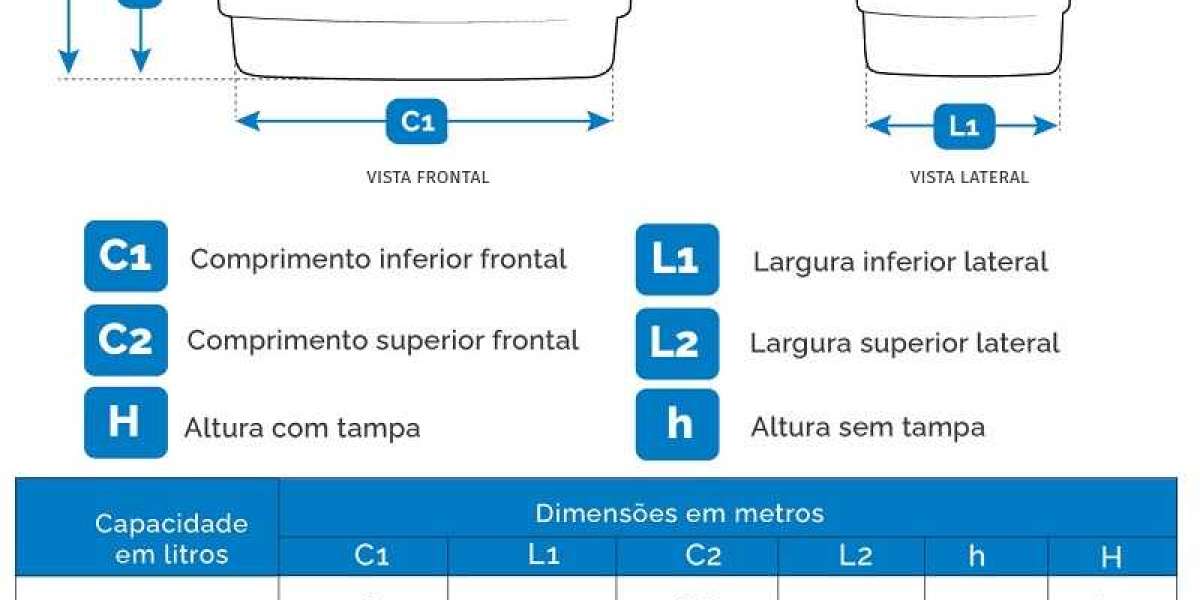Quartz powder, a finely ground form of crystalline silica, plays a vital role in various industrial applications, including the ceramic industry. This analysis explores the properties of quartz powder, its functions in ceramic production, and the reasons behind its widespread use in this industry. Additionally, the analysis will delve into the benefits and potential drawbacks of using quartz powder in ceramics, along with its overall significance in modern ceramic manufacturing.
What is Quartz Powder?
Quartz is one of the most abundant minerals on Earth, composed primarily of silicon dioxide (SiO2). Quartz powder is derived from grinding quartz mining into a fine powder. It is known for its purity, chemical inertness, and hardness, making it a crucial material in many industrial processes.
The properties of quartz powder that make it particularly useful in industrial applications include:
- High melting point (around 1,710°C)
- Low thermal expansion
- Chemical stability
- High resistance to wear
- Ability to transmit ultraviolet light (in some applications)
Due to its desirable characteristics, quartz powder is widely utilized across industries such as glass-making, metallurgy, electronics, and, notably, ceramics.
Role of Quartz Powder in the Ceramic Industry
Quartz powder is a critical raw material in the ceramic industry due to its ability to improve the mechanical and thermal properties of ceramic products. The key functions of quartz powder in ceramics are discussed below:
- Filler Material: Quartz powder is often used as a filler in ceramic formulations. In the production of ceramics such as tiles, tableware, and sanitary ware, quartz powder acts as an inert filler, meaning it does not undergo significant chemical reactions during firing. Instead, it serves to bulk up the ceramic body, improving the product’s structural integrity.
- Glaze Production: In ceramic glaze formulations, quartz powder is indispensable. It is added to glazes to control their melting properties, enhancing their hardness, durability, and aesthetic appeal. The addition of quartz helps in forming a glassy phase on the surface of the ceramic, giving the product a smooth, glossy finish. This is particularly important in applications where the final product needs to have an appealing surface, such as in decorative tiles or high-quality dinnerware.
- Thermal Stability: Quartz powder enhances the thermal stability of ceramic products. When ceramics are exposed to high temperatures during the firing process, quartz provides resistance to thermal shock, reducing the likelihood of cracks or warping. This property is critical in industries that produce heat-resistant ceramics, such as refractory bricks and kiln furniture.
- Control of Shrinkage: During the firing process, ceramic materials often shrink as they undergo physical and chemical changes. Quartz powder helps to regulate this shrinkage, ensuring dimensional stability. The use of quartz in the ceramic body prevents excessive contraction, which can lead to deformation or cracking in the final product.
- Strength and Hardness: The addition of quartz powder to ceramic formulations increases the mechanical strength of the finished products. Quartz has a hardness of 7 on the Mohs scale, making it an excellent material for reinforcing the strength of ceramic items, particularly in applications where wear resistance is important, such as in flooring tiles or sanitary ware.
Types of Ceramics that Utilize Quartz Powder
Quartz powder finds applications in a wide range of ceramic products. Here are some of the primary categories:
- Tiles: Floor and wall tiles are one of the most common products in the ceramic industry. Quartz powder is a crucial component in tile production, where it serves as a filler and helps improve the product's hardness and durability. The presence of quartz also enhances the tiles’ resistance to thermal shock, making them suitable for both indoor and outdoor use.
- Porcelain: Porcelain ceramics, known for their fine texture and strength, also utilize quartz powder in their formulation. Quartz improves the whiteness and translucency of porcelain products, contributing to their aesthetic appeal. It also provides the strength required for products like porcelain tiles, tableware, and sanitary ware.
- Sanitary Ware: In the production of sanitary ware such as toilets, sinks, and bathtubs, quartz powder is used to enhance the mechanical properties of the ceramic body. It provides the required strength, smoothness, and resistance to thermal expansion, ensuring that the products can withstand daily usage and temperature fluctuations without cracking.
- Refractory Ceramics: Refractory ceramics are designed to withstand extreme heat, making them essential in industries such as steelmaking, glass production, and cement manufacturing. Quartz powder is an important material in these applications due to its high melting point and ability to resist thermal shock.
Advantages of Using Quartz Powder in the Ceramic Industry
The use of quartz powder in ceramics offers several significant advantages, including:
- Enhanced Durability: Products made with quartz powder tend to have improved strength and resistance to wear and tear, extending their lifespan.
- Thermal Resistance: Quartz powder provides ceramics with the ability to withstand high temperatures, reducing the likelihood of thermal expansion-related defects.
- Improved Aesthetics: Quartz enhances the surface quality of ceramic products, offering smoother finishes and brighter colors.
- Cost-Effectiveness: Since quartz is abundantly available and inexpensive compared to other raw materials, it contributes to lowering the overall cost of production.
- Dimensional Stability: Quartz powder reduces the shrinkage of ceramic products during firing, helping manufacturers maintain precise product dimensions.
Potential Drawbacks of Using Quartz Powder in Ceramics
Despite its many advantages, there are some potential challenges associated with the use of quartz powder in ceramics:
- Silica Dust Hazard: Quartz powder contains crystalline silica, which, when inhaled, can pose health risks, such as silicosis or lung cancer. As a result, manufacturers must take stringent measures to control dust exposure during handling and processing.
- Thermal Expansion Concerns: Although quartz generally helps improve thermal stability, its sudden transformation from α-quartz to β-quartz at 573°C can cause some expansion issues if not properly controlled. This phase transition can result in cracking or warping if the ceramic material is not designed to accommodate it.
- Energy Consumption: Grinding quartz into powder is an energy-intensive process. Manufacturers need to consider the environmental impact and energy costs associated with producing fine quartz powder.
Conclusion
Quartz powder plays a crucial role in the ceramic industry, offering significant benefits in terms of strength, durability, thermal stability, and aesthetic appeal. Its versatility allows it to be used in a wide range of ceramic products, from tiles and porcelain to refractory materials and sanitary ware. While there are some potential challenges, such as silica dust hazards and energy consumption, the advantages of using quartz powder far outweigh the drawbacks.
Manufacturers in the ceramic industry will continue to rely on quartz powder for its cost-effectiveness, abundant availability, and functional properties. As new technologies emerge, the role of quartz powder in enhancing the quality and performance of ceramic products is expected to expand further, making it an indispensable material for ceramic production.
For more information on quartz powder and its applications, visit Mactus.








